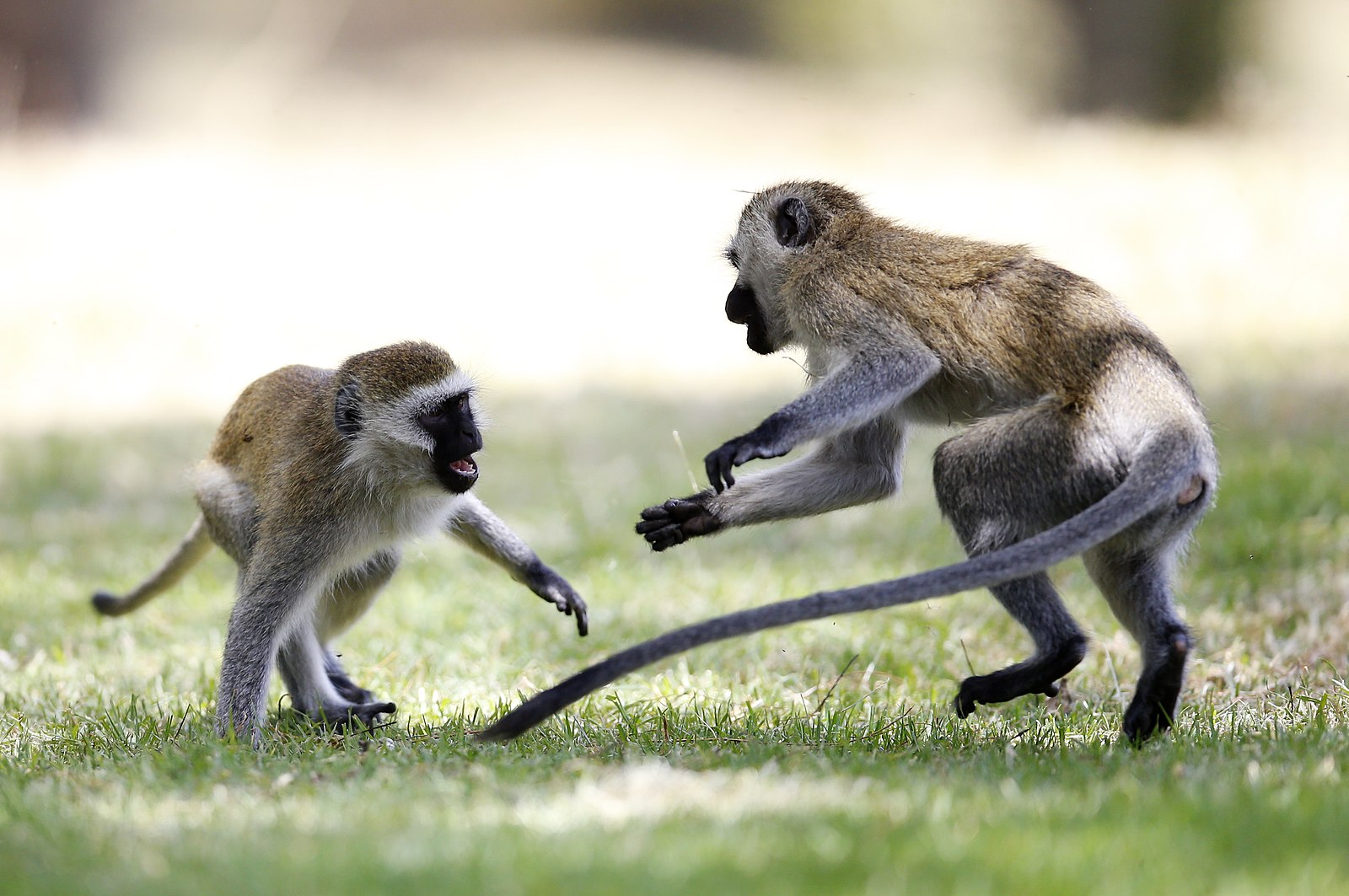On 2nd February 2019, all twenty-seven monkey’s held by Nasa’s Ames research centre were put to death. Or, as NASA preferred to describe the act, humanely ‘euthanized’.
According to documents released under freedom of Information laws, the primates were of old age and 21 of them had reportedly developed Parkinson’s disease. Mike Ryan from the group Rise for Animals, who obtained the documents on the primate deaths, condemned the treatment of these animals’ lives as ‘tragic afterthoughts’. This comes after it was revealed that these primates were not even used for research, but instead under a joint care arrangement between NASA and LifeSource BioMedical. The monkeys were placed in a laboratory environment with ethological deprivation. Kathleen Rice, a US House Representative, has written to NASA’s administrator, Jim Bridenstine, demanding an explanation for the deaths. She is seeking to understand why the monkeys were not given a chance to live in a sanctuary, and instead forced to waste away in captivity, before ultimately being killed. In the letter, she queries why the primates were not assessed on a case-by-case basis and criticises the practice of euthanizing the whole colony.
In 2015 National Institutes of Health ruled to retire all primates used in biomedical studies. But, despite the US Government’s movement away from the use of animals in scientific research, in 2017 around 74,000 monkeys were used in experiments. The only law governing the use and treatment of animals in US laboratories is the Animal Welfare Act, which does not include mice, rats, birds or any cold-blooded animals which make up 95% of those used. Once the testing has been approved, there are no laws protecting animals from physical and psychological suffering.
In Spring last year, the closure of non-Covid-19-related labs meant that mouse populations in particular had to be mass-euthanised. This was of course not only devastating for the animals, but emotionally taxing on the scientists who were tasked with such an overwhelming job. OHSU scientist, Tracy Gluckman’s paper ‘compassion fatigue’, describes a condition afflicting those who induce suffering on animals and regularly witness mortality in the animals in their care. Compassion fatigue manifests in a similar way to post-traumatic stress disorder. Far from negating the trauma for the animal, the distress that is caused to humans in the process of experimenting on animals serves as another reason why the practice of animal testing is largely inhumane and outdated.
The development of tissue culture and organoids has led to the reduction of animal experiments. It will not entirely eliminate the need to use animals in experiments, but rather it will limit the number of animals necessary to suffer for scientific advances. But now that many of these animals are becoming surplus to requirements, what is happening to them? The incident with the monkeys at NASA demonstrates the importance of legal regulations, which would ensure that no animal is left to suffer and is treated with decency and respect when the experiment ends.
Outside of David Attenborough’s reverential documentary world, our perception of animals remains, unfortunately, as an object expressly for human gain. Their treatment in this sector is a mere reflection of humans enduring, skewed power dynamic with animals.
Ella Clapp
Image source: Wikimedia Commons

